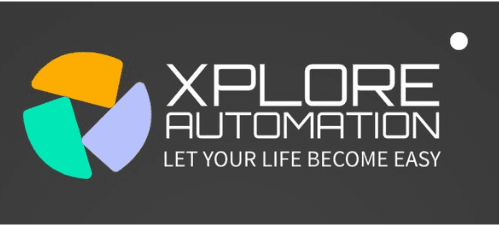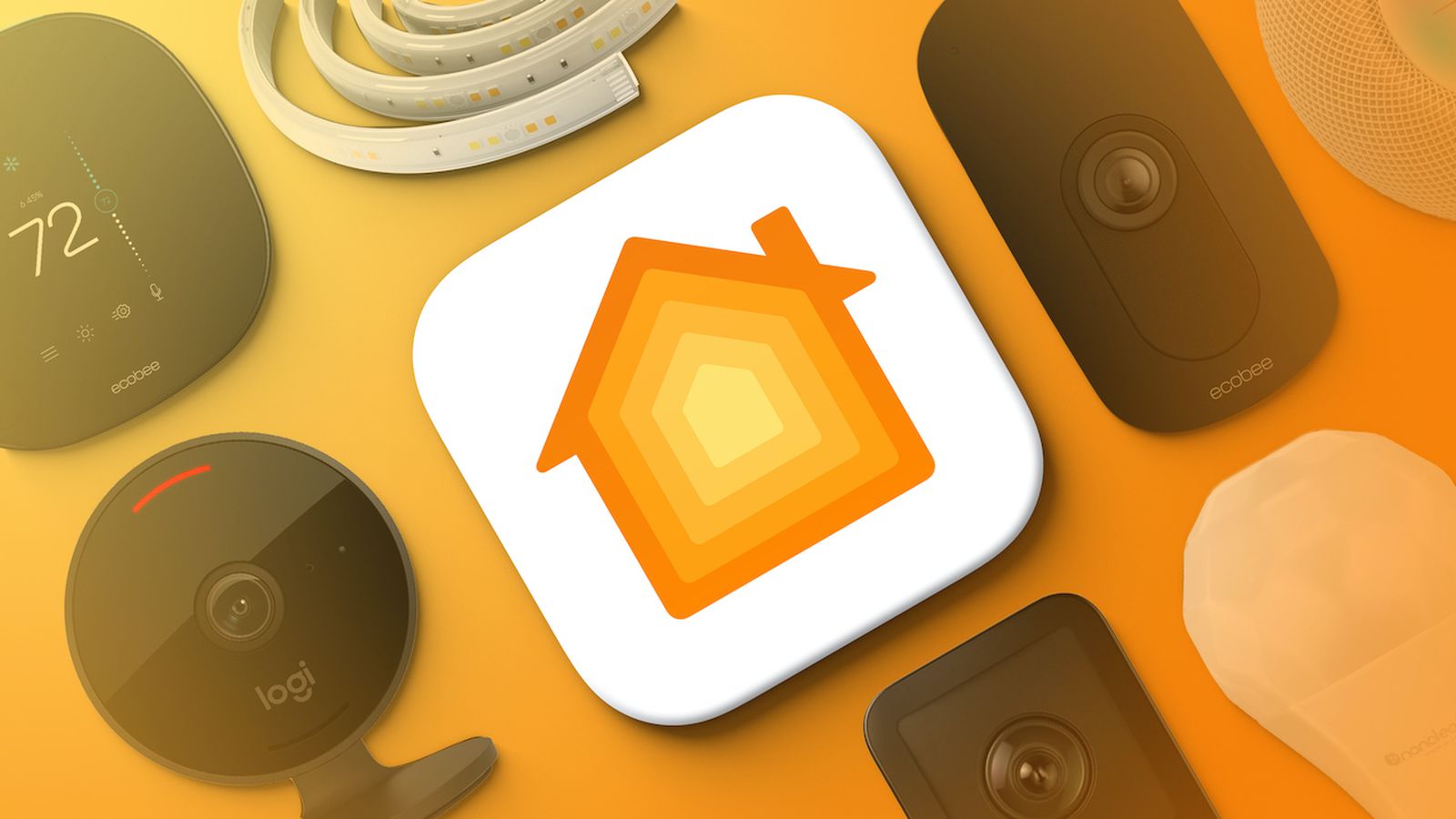HomeKit is Apple’s smart home ecosystem, while Home Assistant is an open-source home automation platform. HomeKit offers seamless integration with iOS devices; Home Assistant provides extensive customization. In this article, we are going to know in detail about HomeKit vs Home Assistant.
Smart home enthusiasts often debate the merits of HomeKit versus Home Assistant. HomeKit, developed by Apple, caters to users invested in the iOS ecosystem, offering convenience and strong security within its streamlined interface. It allows for straightforward control of compatible devices through Siri and the Home app on Apple devices.
Conversely, Home Assistant appeals to those looking for a more hands-on approach. As an open-source platform, it supports a vast array of devices and grants users full control over their smart home setup, including the ability to program complex automation and integrate with almost any smart device through community-contributed add-ons. Both platforms aim to simplify home automation, but they cater to different user preferences in terms of ease of use, integration abilities, and privacy considerations.
Revolutionizing Smart Homes
Imagine a world where every device in your home works together, smoothly managed from the palm of your hand. This isn’t a scene from a sci-fi movie. It’s real, and it’s due to the advances in home automation technology. Tech enthusiasts and homeowners marvel as artificial intelligence steps out of the future and into our living rooms. Two key players, HomeKit and Home Assistant, are changing the game in how we interact with our homes. Let’s explore their contributions to this revolution.
The Rise Of Smart Home Automation
The smart home isn’t a new concept but its widespread adoption is. Years ago, the idea of controlling your home’s lighting, heating, and security systems remotely was just a dream. Today, it’s reality. HomeKit and Home Assistant are at the forefront, simplifying life through interconnected devices and user-friendly platforms.
HomeKit, created by Apple, integrates seamlessly with iOS, offering a fluid experience for iPhone and iPad users. Home Assistant, an open-source platform, appeals to those who prefer customization and have a DIY spirit.
Key Players In The Smart Home Arena
| HomeKit | Home Assistant |
|---|---|
|
|
In the past, HomeKit appealed mainly to loyal Apple users, while the flexibility of Home Assistant caught the attention of tech-savvy individuals. Times are changing. These platforms are no longer niche; they serve as the backbone of modern smart homes. Each offers unique benefits for the end-user.

Credit: tech4gods.com
Homekit At A Glance
Imagine turning off your lights with a simple voice command or adjusting your thermostat from anywhere in the world. Apple’s HomeKit makes these actions possible, creating a seamless, secure, and integrated smart home experience. Here’s a glimpse into how HomeKit stands out in the world of home automation.
Apple’s Vision For A Connected Home
Apple envisions a home where technology enhances convenience and security. HomeKit ties smart home devices together, aiming for effortless control through Siri, iPhones, iPads, and even the Apple Watch. Privacy and security are also core to Apple’s design, ensuring only you manage your smart home.
Compatibility And Device Ecosystem
HomeKit thrives on compatibility with a wide range of devices. From thermostats to lights and locks, Apple certifies products that meet its strict standards. Here’s how the ecosystem breaks down:
- Apple Certified: Devices carry the ‘Works with Apple HomeKit’ badge.
- Control with Ease: Manage through the Apple Home app or Siri.
- Vast Options: Many brands offer compatible devices, expanding user choice.
The smart home journey with HomeKit becomes more exciting as you explore the myriad of devices ready to sync with your iOS ecosystem.
Exploring Home Assistant
Exploring Home Assistant takes us into the vibrant world of home automation. This open-source platform offers endless possibilities to tailor smart home setups. Users gain full control over their privacy and the devices they wish to connect.
Open Source Advantage
The core strength of Home Assistant lies in its open-source nature. This means that the code is available for anyone to view, modify, and improve. Users contribute to its features, creating a robust and flexible system. Home Assistant thrives on community input, ensuring a transparent and expanding ecosystem that evolves with user needs.
- Continual improvements and updates.
- Customizable to fit individual needs.
- Ability to maintain privacy and data security.
Widening Compatibility Through Integrations
Compatibility is key in smart home systems. Home Assistant excels by offering wide-ranging integrations with various devices and platforms. This openness turns it into a central hub that connects different ecosystems. Users enjoy the versatility of tailoring their smart home to work with their preferred products and services.
| Integration Type | Examples |
|---|---|
| Smart Speakers | Amazon Echo, Google Home |
| Lighting | Philips Hue, LIFX |
| Security | Ring, Arlo |
Configuration And Customization
Choosing between HomeKit and Home Assistant can shape your smart home experience. Key factors are configuration and customization options. Let’s explore how both platforms cater to different user needs.
User-friendly Setup With Homekit
Setting up HomeKit is a swift process. It’s designed for the everyday user. Simple steps get your smart home running. Just scan a code with your iOS device, and voila! Your device is ready to go.
HomeKit’s simplicity stands out:
- Intuitive interface: Clear and user-friendly for all.
- Guided setup: Directs you through each step.
- No code required: Avoids complex programming tasks.
Advanced Customizations In Home Assistant
Home Assistant offers endless possibilities for those who love to tinker.
| Feature | Description |
|---|---|
| Open-source platform | Tweak and change the system code to your liking. |
| Vast integrations | Connect with a myriad of devices and platforms. |
| Custom scripts | Create unique automation tailored to your preferences. |
Flexibility is the core of Home Assistant. It has a more difficult learning curve, though. New users may need some time to get accustomed to the system. But, once mastered, the customization is unmatched.
To conclude, HomeKit brings ease, while Home Assistant offers deep control. Your preference matters in shaping your smart home’s capabilities.
Privacy And Security Showdown
When you pick smart home software, you think about keeping your home and data safe. Let’s talk about how HomeKit and Home Assistant protect your privacy and security.
Apple’s Security Protocols For Privacy
HomeKit guards your privacy very well. Here’s how:
- All information is encrypted.
- Apple does not know what happens in your home.
- Two-factor authentication is a must.
- The Home app is secure on your devices.
With HomeKit, only you control your smart home. Your data stays locked down.
Home Assistant’s Approach To Data Security
Home Assistant takes a different way to keep you safe:
- Your data stays at home, not in the cloud.
- You can use advanced encryption for all your devices.
- Open-source software lets you see how your data is used.
- Automatic updates keep security tight.
Home Assistant makes sure you are in full control, ensuring a secure smart home.

Credit: www.macrumors.com
Cost And Accessibility
When selecting a smart home platform, cost and accessibility are key factors. Users need to consider not only the price of devices but also the ease of setting up and maintaining their smart home systems. Below, we delve into the financial and user-friendly aspects of two popular choices: Apple’s HomeKit and the open-source Home Assistant.
Investing In The Apple Ecosystem
Apple’s HomeKit is synonymous with exclusivity and a seamless experience. Users must buy Apple-approved devices that often carry a premium price tag. Despite the higher cost, the benefits include robust security and streamlined integration with Apple products. Take a look at the table below to understand the investment required for HomeKit:
| Device Type | Cost Range |
|---|---|
| Smart Bulbs | $15 – $50 |
| Smart Plugs | $25 – $60 |
| HomeKit Hubs | $80 – $200 |
On top of hardware costs, you will need an Apple device to manage your HomeKit setup, which can be pricey.
The Cost-efficiency Of Home Assistant
In contrast, Home Assistant offers impressive cost-efficiency. This open-source platform runs on a variety of low-cost hardware and supports a vast array of inexpensive devices.
- Free software updates
- Compatibility with cheaper, non-branded devices
- No need for a specific hub
Home Assistant can even turn an old computer or a $35 Raspberry Pi into a powerful smart home hub. Check the compatibility list on their website to find affordable devices.
With no recurring fees and an open-source community, Home Assistant empowers users to build a custom smart home on a budget.
User Experience Compared
Choosing a smart home platform shapes your experience with home automation. Two major players, HomeKit and Home Assistant, offer distinct user experiences. A seamless interface or a customizable environment? Let’s dive into the user experience of both.
Streamlined Control With Homekit
Apple’s HomeKit focuses on a smooth user experience. Its intuitive design allows for quick setup. HomeKit caters to ease of use with its streamlined approach:
- Siri integration for voice control.
- Simple interface with a clean layout.
- Automation suggestions tailored to your routine.
Devices connect easily and are manageable via the Home app on all Apple devices. Scenes and automations are just a few taps away. With HomeKit, you’re opting for a robust, user-friendly platform.
Community-driven Innovations In Home Assistant
Home Assistant stands out with its versatile and open-source nature. This platform thrives on community input and developer contributions. Users get:
- Vast compatibility with numerous devices.
- Personalized automations crafted by users.
- Add-ons and integrations developed by the community.
Home Assistant offers a fully customizable dashboard. You build your interface. It’s for those who enjoy tinkering and tailoring their smart home experience. Home Assistant is flexible but demands more involvement.
Future Outlook And Updates
The smart home industry evolves rapidly, with platforms like Homekit and Home Assistant at the forefront. Keeping an eye on their futures reveals how each may shape our smart homes. Let’s explore what’s on the horizon for these platforms.
Evolving Features Of Homekit
Apple’s HomeKit continues to grow, introducing new features that promise to enhance user experience. Key updates to anticipate include:
- Enhanced Siri integration for more fluid voice commands.
- Wider support for accessories, expanding user choice.
- Improved security measures to safeguard user privacy.
- Seamless device connectivity for a unified smart home system.
With each iOS update, HomeKit users can expect fresher, more intuitive interactions with their smart home devices.
The Roadmap For Home Assistant’s Growth
Home Assistant, with its open-source advantage, plans expansive strides in the smart home arena:
- Commitment to regular updates, enhancing stability, and adding features.
- New integrations to bring even more devices into the Home Assistant ecosystem.
- Better user interface for easier navigation and control.
- Focus on community-driven development, harnessing user ideas for growth.
Expect Home Assistant to maintain a strong emphasis on customizability and user empowerment as its ecosystem grows.
Making Your Choice
Choosing between HomeKit and Home Assistant can be a puzzle. Both platforms offer unique features that make your home smart. Yet, picking one depends on your needs, tech stack, and expectations. Let’s guide you through key points to consider.
Considerations For New Users
Here’s what to ponder if you’re new to smart home ecosystems:
- Compatibility: Check if your devices support HomeKit or Home Assistant.
- User-friendly: HomeKit is generally more user-friendly for Apple users.
- Customization: Home Assistant shines with advanced customization options.
- Cost: Evaluate your budget. HomeKit might require more investment in Apple-certified products.
Switching Between Platforms
Moving from one platform to another? Keep these points in mind:
| Aspect | HomeKit | Home Assistant |
|---|---|---|
| Data Migration | Can be challenging without built-in tools. | Community resources can ease the process. |
| Learning Curve | Simpler, more intuitive for beginners. | Steeper, but offers greater control. |
| Integration | Smooth with Apple products. | Broader range with non-Apple devices. |

Credit: m.youtube.com
Frequently Asked Questions Of Homekit Vs Home Assistant
What Is The Difference Between Homekit And Home Assistant?
HomeKit, developed by Apple, is a smart home platform for iOS users to connect and control compatible devices via an app or Siri. Home Assistant is an open-source home automation platform that runs on various systems, offering wider compatibility and more customization options.
Can Homekit Work With Home Assistant?
Yes, HomeKit can work with Home Assistant. Using the HomeKit integration in Home Assistant, users can control their devices through Apple’s ecosystem. This allows for the use of Siri and other HomeKit features with Home Assistant-managed devices.
What Are The Benefits Of Homekit Over Home Assistant?
HomeKit offers a seamless, user-friendly interface, robust security features, and tight integration with Apple devices. It’s designed for ease of use out of the box, with simple setup processes for non-technical users preferring Apple’s ecosystem.
How Customizable Is Home Assistant Compared To Homekit?
Home Assistant excels in customization, allowing users to create complex automation and integrate a vast array of devices, including non-certified ones. It’s highly versatile but requires more technical knowledge to fine-tune and expand its capabilities.
Conclusion
Choosing between HomeKit and Home Assistant depends on your smart home priorities. For Apple devotees desiring seamless integration, HomeKit shines. Conversely, Home Assistant appeals to its customization and wide compatibility. Dive into the ecosystem that matches your lifestyle; unlock your home’s full potential as your smart assistant awaits. You can also get more details and related information from here.

I am a technology writer and blogger with 17 years of experience in the fields of information technology, artificial intelligence, cyber security, automated systems, and the latest technology trends.

